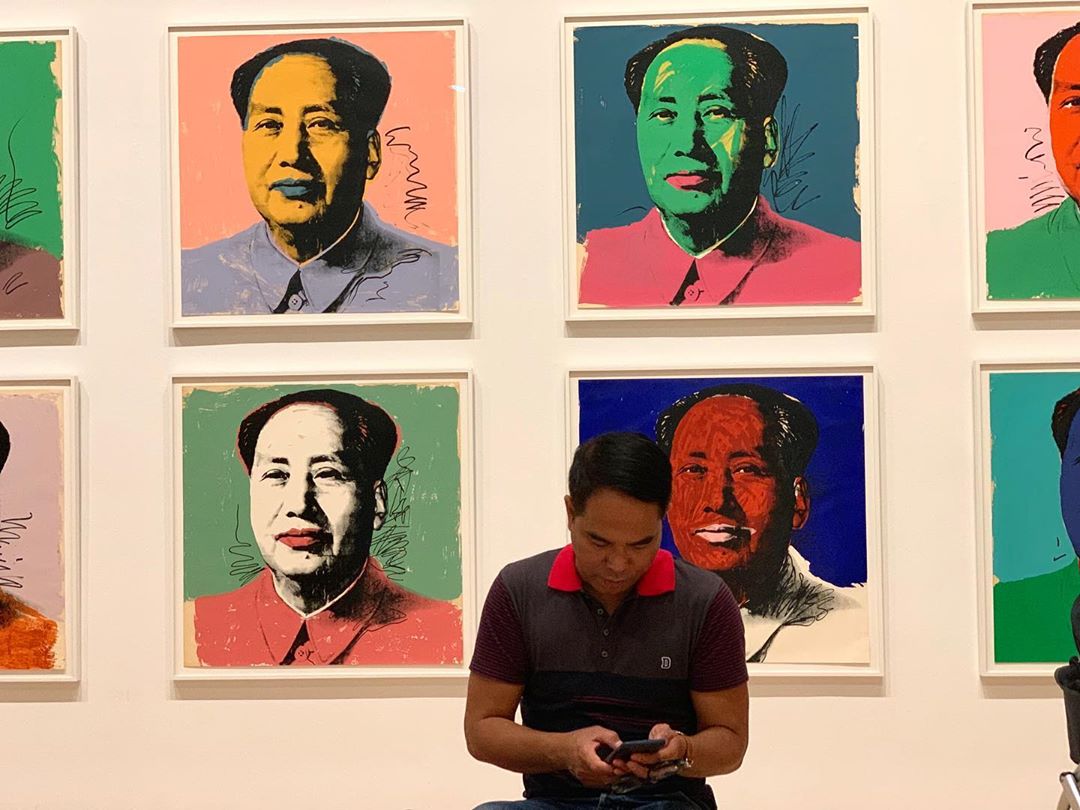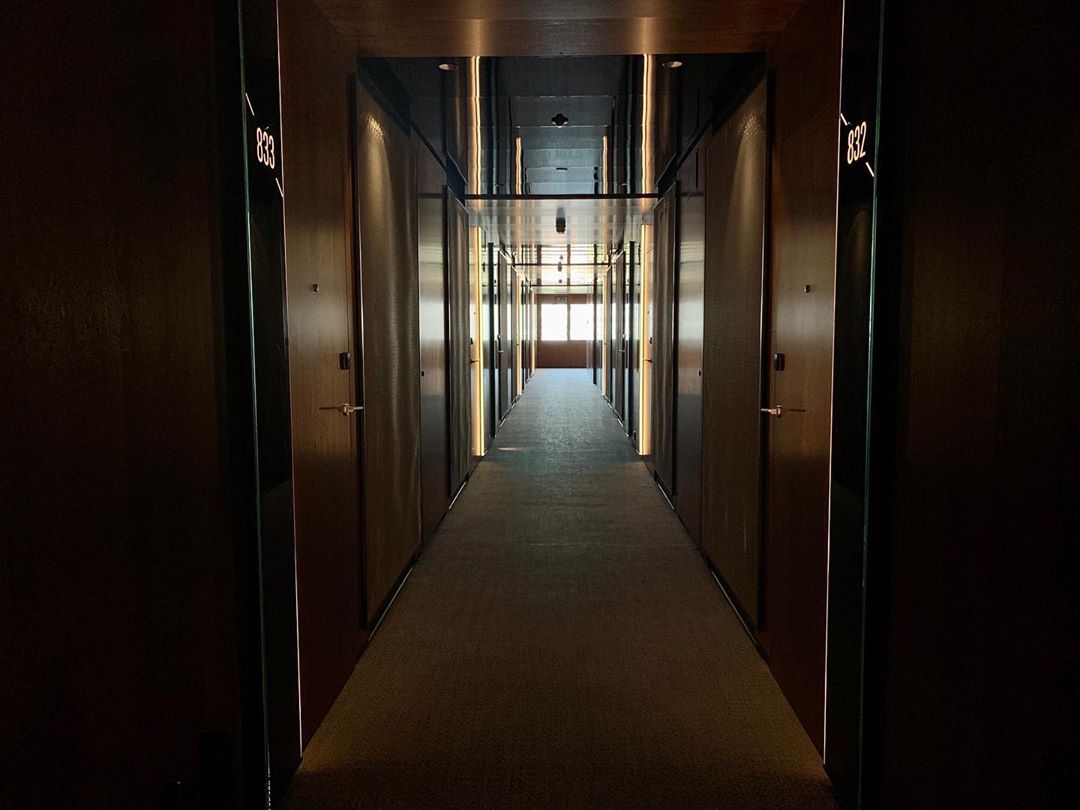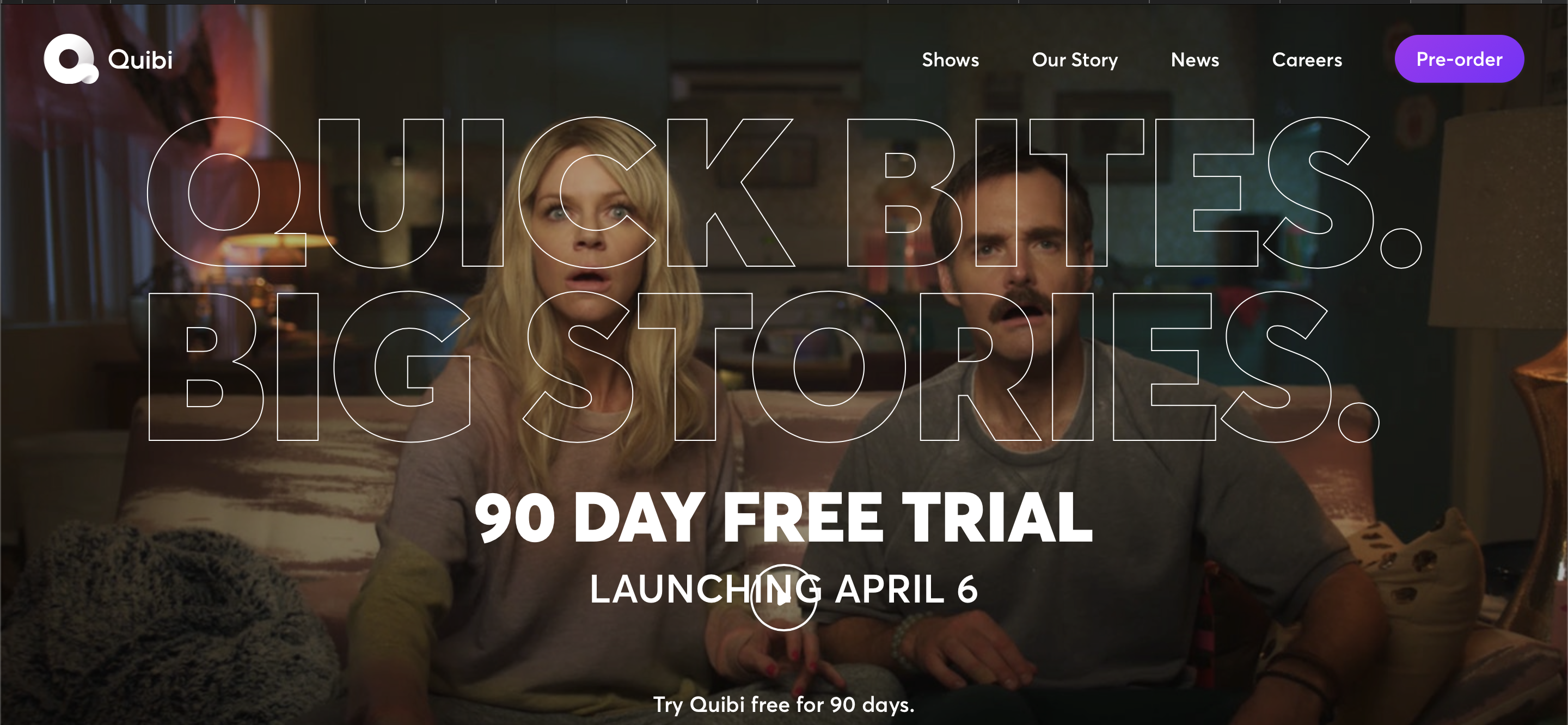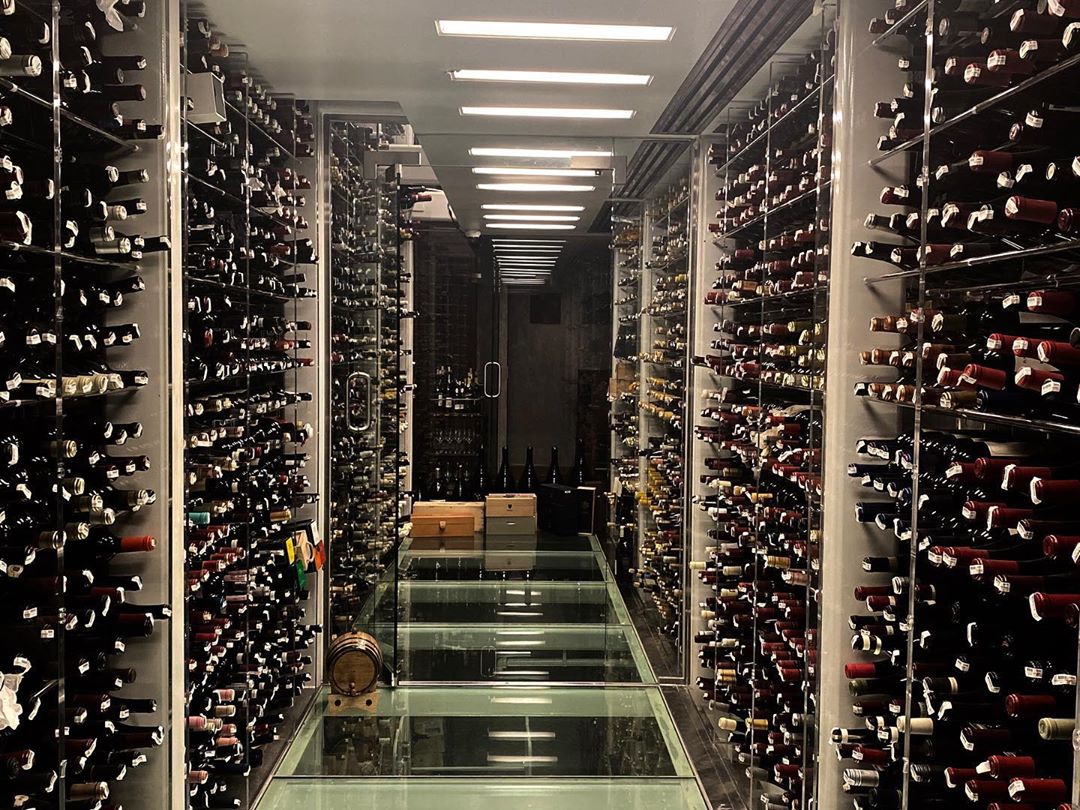To lead through 2020 has been, and will be, a challenge. Yes, 2001 and 2008 happened and were horrible, but this is more sudden, more all-encompassing, and there is the fear of dying.
So, on Friday, we hosted a session with Jerry Colonna and our portfolio CEOs. If you know Jerry, you know that this session was honest, open, and at times emotional. It prompted me to re-read a couple of chapters of his book, “Reboot: Leadership and the Art of Growing Up”
Two practices for leading in times of uncertainty stood out.
The first is to be open with yourself. To stand still—to take a breath, stop doing, stop acting like it’s all great.
When we stand still, we run the risk of remembering who we are. When we stop the spinning, we run the risk of confronting the fears, the demons who have chased us all our lives. When we stop the bullshitting, the pretending that we’re crushing it, that we’ve got it all figured out, we run the risk of being overwhelmed by the realities of all that we carry—the burdens we’re convinced must remain secret to keep us and those we love safe, warm, and happy.
When clients answer the challenge to stand still, stop the spinning, and be with the truth of their existence, they take their seats as warrior CEOs—strong backs and open hearts.
No human being is flawless. At a time like this, let’s stop pretending that just because you have the title CEO, you should appear perfect. Lowering the perfection bar will let you lead with more credibility.
The second, is to be open with others about the situation and what you are dealing with:
When leaders, parents, lovers choose to share the reality of their heart, it gives everyone in their lives the chance to know them, to hold them—to trust each other.
Every employee in your company knows the reality of the world outside. And in all likelihood, they know the reality with the company more than you give them credit for. Why not tell the truth? If you have to do pay cuts, tell them why. If you have to do layoffs, cut deep, cut once, and tell them why. If you are at risk of not being able to raise during this time (very few will have it easy), tell them why.
Of course you don’t want to overshare or place your anxiety on your employees. But instead, tell them why you believe in your company and how you are planning to get the organization through this phase.
The call to lead well is a call to be brave and to say true things. To say to our colleagues, we’re scared, but we still believe.
This is not easy. To get to the other side, CEOs will have to lead through personal and professional uncertainty to give their companies the best chance. As Jerry says:
Remember who you are, what you believe about the world, and then, risks be damned, lead from that place of broken-open-hearted warriorship.









